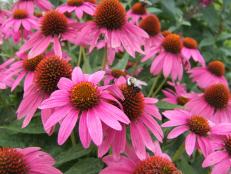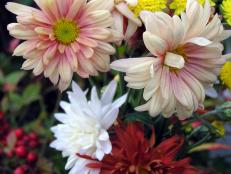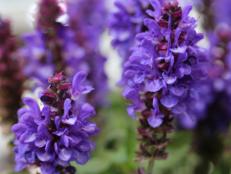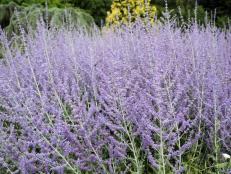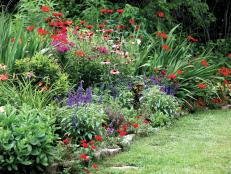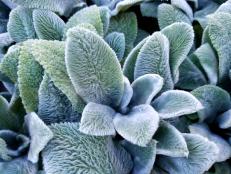Purple Coneflower
Learn why purple coneflower is beloved by gardeners—and deserves a place in your yard, too.
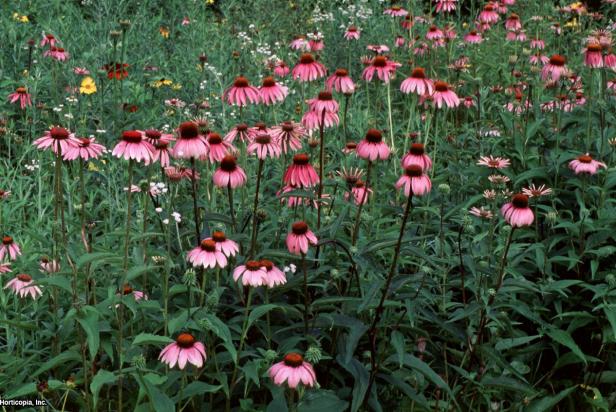
Infuse your garden with the carefree beauty of purple coneflower (Echinacea purpurea). This North American wildflower boasts tough-as-nails good looks. Blossoms appear from mid- to late summer, filling the landscape with drifts of rose-purple. Like many native plants, purple coneflower offers low-maintenance beauty.
Purple coneflower earns its name from the spiny cone in the center of flowers. The genus name, Echinacea, comes from the Greek word “echinos,” which means hedgehog. The spiny cone has an orange-copper hue that contrasts artfully with the rose-purple petals.
As purple coneflower blooms open, petal edges first curve up, toward the sun. Next they start a journey toward the ground, first extending horizontally around the center and finally dangling away from the top of the cone. This design gives coneflower blossoms a fringed appearance.
Purple coneflower doesn’t require deadheading, but doing so encourages plants to form more buds. Flower stems add another foot to overall plant height, but even with that extra dimension, sturdy blossom stems don’t need staking. The only time purple coneflower needs a stake is when plants are tucked into too-rich soil. In these conditions, purple coneflower becomes floppy. Insert hoop stakes around clumps to hold stems upright.
In the garden, purple coneflower grows 24 to 60 inches tall and 18 to 24 inches wide. Plants form clumps that fit neatly into traditional perennial borders. Position them behind edging plants to provide a pretty backdrop. Purple coneflower prefers full sun but does flower—although not as heavily—in part shade.
Echinacea purpurea thrives in tough growing conditions. Tuck it into spots with soil that’s rocky, shallow or clay. Plants are drought-tolerant once established. Deer leave purple coneflower alone, so it’s a good idea to count on this native perennial in areas deer frequently visit. Purple coneflower is generally pest-free, but occasionally clumps may contract a viral problem known as stem dieback. There is no cure for this condition. If plants start dying back, dig clumps and destroy them. Do not add them to the compost pile.
If you allow seedheads to mature, purple coneflower will self-seed freely in the garden. Transplant seedlings in early spring to spread the color around your yard. Purple coneflower clumps tend to become woody in the center as plants age. Expect to dig and divide clumps every four to five years. Discard any woody parts of the clump when you divide plants, and replant the green edges.
Purple coneflower is a natural in cutting gardens, rain gardens or wildflower gardens. It’s also the perfect addition to wildlife gardens. Blossoms attract butterflies and other pollinators. Allow plants to set seed and flocks of birds, including goldfinches, will arrive for a seedy feast. In perennial plantings, pair purple coneflower with Russian sage, balloon flower, prairie blazing star or blue fescue.







